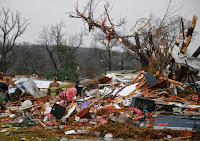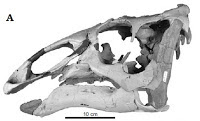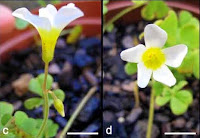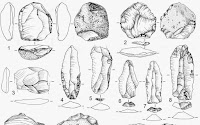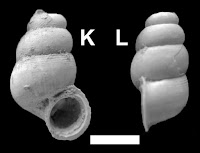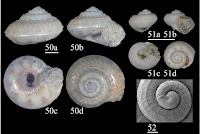Asteroid
2016 FU6 passed by the Earth at a distance of 178 900 km (0.47 times
the average distance between the Earth and the Moon, or 0.12% of
the average distance between the Earth and the Sun; 176 900 km above the
orbit at which the satellites supporting GPS systems operate), slightly
before 7.20 pm GMT on Friday 25 March March 2016. There was no
danger
of the asteroid
hitting us, though had it done so it would have presented no
threat. 2016 FU6 has an estimated equivalent diameter of 3-9 m (i.e.
it is estimated that a spherical object with the same volume would be 3-9 m in diameter), and an object of this size would be expected to
explode in an airburst (an explosion caused by superheating from
friction with the Earth's atmosphere, which is greater than that caused
by simply falling, due to the orbital momentum of the asteroid) in the
atmosphere more than 32 km above the ground, with only fragmentary
material reaching the Earth's surface.
2016 FU6 was discovered on 27 March 2016 (two days after its closest approach to the Earth) by the University of Arizona's Mt. Lemmon Survey at the Steward Observatory on
Mount Lemmon in the Catalina Mountains north of Tucson. The designation
2016 FU6 implies that the asteroid was the 170th object (object U6)
discovered in the second half of March 2016 (period 2016 F).
2016 FU6 has a 509 day orbital period and an eccentric orbit tilted at an
angle of 2.23° to the plane of the Solar System that takes it from 0.74
AU from the Sun (i.e. 79% of the average distance at which the Earth
orbits the Sun, outside the orbit of Venus) to 1.71 AU from the Sun (i.e. 171% of the average
distance at which the Earth orbits the Sun, considerably more than the
distance at which Mars orbits the Sun). It is therefore classed as an
Apollo Group Asteroid (an asteroid that is on average further from the
Sun than the Earth, but which does get closer).
This
also means that 2016 FU6 has occasional close encounters with the
planets Mars and Venus. Its most recent close approach to Venus is
calculated to have occurred in February 2009, and the most recent close encounter with Mars happened in July 1920 with the next predicted for September 2042. Asteroid
orbits that have close encounters with multiple planets are considered
to be quite unstable, as any perturbations can quickly become magnified,
throwing the astroid onto a new orbital path.
See also...
 Asteroid (455148) 1994 UG passes the Earth. Asteroid
(455148) 1994 UG passed by the Earth at a distance of 6 644 000 km
(17.3 times the average distance between the Earth and the Moon, or
4.44% of the average distance between the Earth and the...
Asteroid (455148) 1994 UG passes the Earth. Asteroid
(455148) 1994 UG passed by the Earth at a distance of 6 644 000 km
(17.3 times the average distance between the Earth and the Moon, or
4.44% of the average distance between the Earth and the...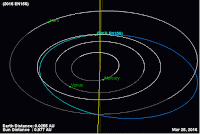 Asteroid 2016 EN156 passes the Earth. Asteroid
2016 EN156 passed by the Earth at a distance of 601 800 km (1.57 times
the average distance between the Earth and the Moon, or 0.40% of
the average distance between the Earth and the Sun), slightly
before 6.25 am GMT on Saturday 19...
Asteroid 2016 EN156 passes the Earth. Asteroid
2016 EN156 passed by the Earth at a distance of 601 800 km (1.57 times
the average distance between the Earth and the Moon, or 0.40% of
the average distance between the Earth and the Sun), slightly
before 6.25 am GMT on Saturday 19... Asteroid 2016 EM156 passes the Earth. Asteroid
2016 EM156 passed by the Earth at a distance of 531 500 km (1.38 times
the average distance between the Earth and the Moon, or 0.56% of
the average distance between the Earth and the Sun), slightly
before 6.25 am GMT on Wednesday 16...
Asteroid 2016 EM156 passes the Earth. Asteroid
2016 EM156 passed by the Earth at a distance of 531 500 km (1.38 times
the average distance between the Earth and the Moon, or 0.56% of
the average distance between the Earth and the Sun), slightly
before 6.25 am GMT on Wednesday 16...
Follow Sciency Thoughts on Facebook.





